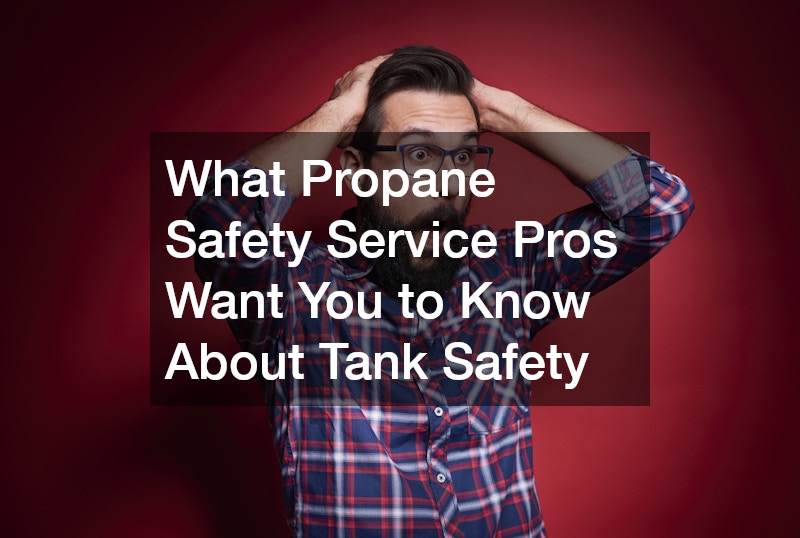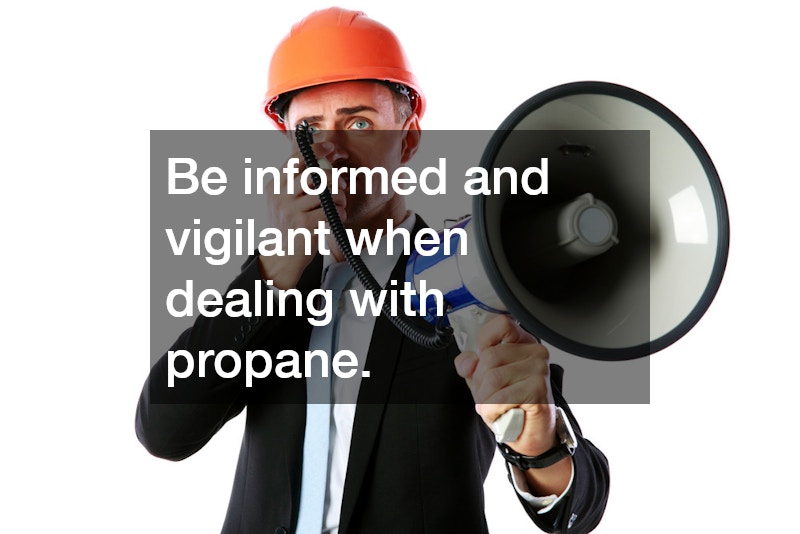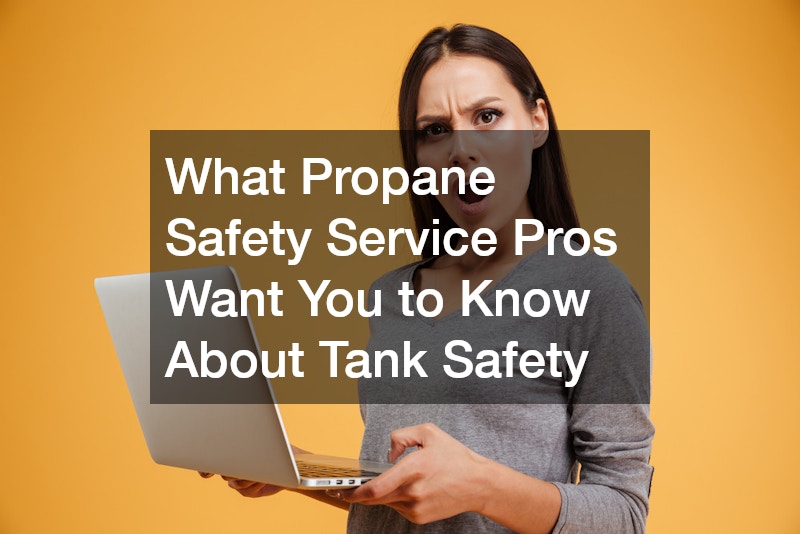
Propane, a versatile and efficient fuel source, is commonly used in many households and industries. While it offers many benefits, ensuring the safe use of propane tanks is paramount. Propane Safety Service professionals emphasize key safety measures to prevent accidents and ensure optimal tank performance. This guide covers essential steps to maintain and handle propane tanks safely.
It’s crucial to be informed and vigilant when dealing with propane to protect yourself and others.
How Do I Ensure My Propane Tank is in Good Condition?
Regular inspection of your propane tank is vital to ensure it’s in excellent working condition. Start by visually examining the tank for rust, dents, or other visible signs of damage. Leaks may not always be obvious, so using a solution of soap and water can help detect them. By applying the solution to the tank’s surface, any gas leak will cause bubbles to form. It’s advisable to have a professional service your tank annually to address any underlying issues.
Ensure that the valve is in good condition and easy to operate, as it’s crucial for controlling the flow of propane. Keep your tank painted with a reflective, rust-inhibiting paint to protect it from outdoor elements. The surrounding area should be clear of debris or flammable materials to reduce the risk of unwanted incidents. Inspect the regulator and hose connections regularly to ensure they are securely attached and functioning correctly. Maintaining your propane tank can prolong its life and prevent costly repairs or replacements.
What Precautions Should I Take When Using My Propane Tank?
Safety precautions are integral when using propane tanks to prevent accidents and ensure safe operation. Always follow the manufacturer’s instructions specific to your tank model before reconnecting or using it. Ensure that all connections are tight and that the regulator is functioning properly. It’s important to position your grill or propane appliance away from the house, deck railings, and out from under eaves and overhanging branches. Doing so reduces the risk of unintended fires and damage to your property.
Before lighting a grill or appliance, open the lid to allow any accumulated gases to dissipate. Failure to do so may result in a flash fire when ignited. Familiarize yourself with the smell of propane, which is similar to rotten eggs due to an odorant added for easy detection. In case you detect this smell, extinguish any flames immediately and close the valve. Afterward, have the equipment checked by a qualified technician to ensure there are no leaks.
What Should I Do in Case of a Propane Leak?
Propane leaks, while rare, still pose significant dangers that need immediate attention. If you suspect a leak or smell propane, it is crucial to act quickly. Evacuate the area immediately without turning on or off any appliances or electrical devices, as they can trigger an explosion. Once in a safe location, call your propane supplier or the fire department without delay to report the possible leak. Do not attempt to fix the leak yourself or re-enter the area until cleared by professionals.
In addition to evacuating, it’s essential to shut off the gas supply valve on the tank if it can be done safely. Provide detailed information to emergency responders about your situation, including the location of your propane tank and the last time it was filled. Having this information readily available can help expedite the process of securing the area. After resolution, have the system thoroughly checked and repaired before resuming use.
How Do I Handle and Transport Propane Tanks Safely?
When transporting propane tanks, keeping them upright is crucial to prevent leaks and ensure safety. Securing the tank in a vehicle using a bungee cord or other device prevents movement during transit. It is recommendable to transport propane tanks in an open or ventilated vehicle whenever possible, ensuring any escaping gas cannot accumulate inside. Properly close the valve and cap it before transportation to minimize the chance of leaks. Avoid transporting tanks in the passenger compartment of a vehicle to reduce exposure in case of a leak.
Ensure the tanks are not exposed to extreme heat during transit, as this can increase pressure and lead to dangerous conditions. If stopping during transit, check the tank to make sure it remains secure and hasn’t shifted. Awareness of one’s surroundings and vigilance in monitoring the tank during transport is key to mitigating potential risks. Compliance with safety guidelines protects both the transporter and other road users from potential hazards. Adhering to these precautions ensures the safe arrival of the propane tank at its destination.
Ensuring propane tank safety is a responsibility shared by all users and professionals involved in its supply. Regular maintenance, adherence to safety precautions, and compliance with regulations form the foundation of safe propane use. By taking proactive measures, users can prevent accidents and protect their homes and families. Leveraging professional services and educational resources fortifies safety practices and reinforces the importance of vigilance. Propane safety remains a shared commitment, contributing to its continued benefits as an efficient energy source.
.


